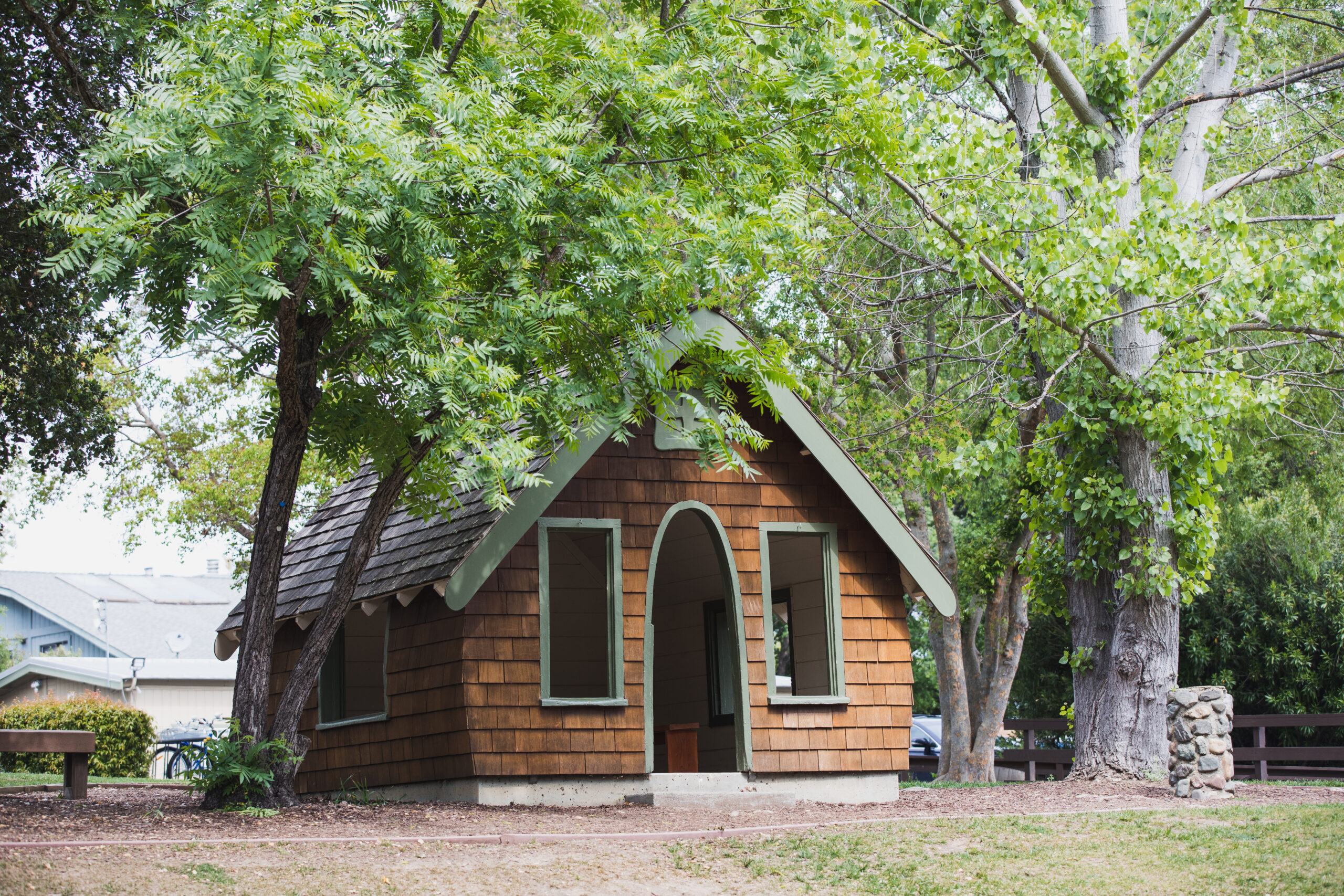I vividly remember a moment early in my career as a Middle School history teacher. My 8th grade students were recreating the Second Continental Congress, the meetings in Philadelphia in 1775–1776 that ultimately led to the signing of the Declaration of Independence. Students played fictional characters loosely based on real people, allowing them to represent different viewpoints and different regions and have some grounding in historical reality, while also enabling them to think for themselves and develop their own perspectives.
I had done the simulation for several years and it always went well. But this day, as we started to debate the final resolution—whether or not the members of the Second Continental Congress should approve the Declaration of Independence—I sensed something different. The classroom and the students temporarily transformed and, for the next 50 minutes, I sat back and watched as student after student gave articulate, persuasive, and moving speeches both for and against the decision. Many delegates decried their treatment by the British and demanded the rights of life, liberty, and the pursuit of happiness, insisting that these rights could only be secured as an independent nation. “Give me liberty or give me death,” a character from Virginia appropriately declared. A smaller number of delegates pushed back, arguing that the colonies were incapable of surviving on their own, that the colonists were and had always been British, that they should remain loyal even amidst unfair regulations placed on them by the Crown and Parliament, and that declaring independence would all but guarantee a war that would end in death, destruction, and defeat. Like in the real 1776 convention, the Patriots carried the day, but the decision was in no way foreordained and the final vote left all of us exhilarated and exhausted.
Looking back at the simulation, I realize that it was powerful in large part because the students were not participating to get a good grade, nor were they concerned about getting the “right answer.” They were fully immersed in the complex issues, and for a brief moment, brought to life the emotions—pride, honor, a strong sense of what is right, and a willingness to die for a cause—that would have been on display in Independence Hall more than 235 years ago. No group of students, including high school or college, could have done a better job. I did this simulation and many others during my more than 10 years of teaching, and this transcendent moment still stands out.
I thought of that experience this summer when I had the privilege of spending two days with John Hunter, a 4th grade teacher whose 2011 TedTalk (the most watched Ted Talk of that year) and documentary, “World Peace and other 4th grade Achievements,” have propelled him into the national and international educational spotlight. John’s Master Class, co-sponsored by our newly created CenterforTeachingExcellence, brought together a small group of teachers, including our three Middle School history/humanities teachers, for an intensive, two-day workshop. They looked at how to create a problem-based curriculum—one that places students at the center of the classroom, letting them grapple with authentic and meaningful issues, and leaves the teacher at the periphery serving as a coach, guide, or facilitator. John’s World Peace game, which he has run with 4th graders for more than 30 years, serves as a model, but the teachers who participated were not simply recreating John’s game. Consistent with his approach to teaching students, John served as a facilitator and coach for the teachers and helped each of them begin the process of creating curriculum that was consistent with the goals represented in the World Peace game but that reflected the individual reality and personality of each teacher’s own classroom.
What is particularly inspiring to me about John’s game is that over a 30 year period, he created an experience that ensured that every year students reached the type of transcendent moment I so vividly remember happening that day with my 8th graders. How did John do it? In talking to him, he noted that the secret to his success is that while he created the conditions for the game, he truly lets go once the experience has begun. Each year is a unique experience. He insists—and I believe him—that he doesn’t know what is going to happen. As educators, we often talk about placing children in charge of their own education. John is one of the most powerful examples I have seen of someone who actually walks the walk.
I mention all of this because you will have the opportunity to see John speak as the first Common Ground speaker of the year in early October. For those who are new to the school, Common Ground is a collaboration between more than 20 South Bay independent schools that brings 5-6 leaders in parenting and education to our schools each year. Speakers are hosted at different schools, with each speaker typically presenting three or four times. All events are free to Common Ground member schools. As one of the founding schools, Hillbrook has long been a proud member of this valuable organization. Visit the CommonGroundwebsite for more details about this year’s speakers and for specific details about John Hunter’s presentation.
I strongly encourage you to attend John’s session in early October. He is a remarkable man—wise, thoughtful, and deeply committed to children and to an audacious vision that believes that you can teach children how to interact and solve problems and, in the process, take a step toward achieving world peace. Of course, our very own Village of Friendly Relations was started with the same vision in mind. Hillbrook’s philosophical founder Mary Orem and John Hunter would undoubtedly have had much to discuss.
